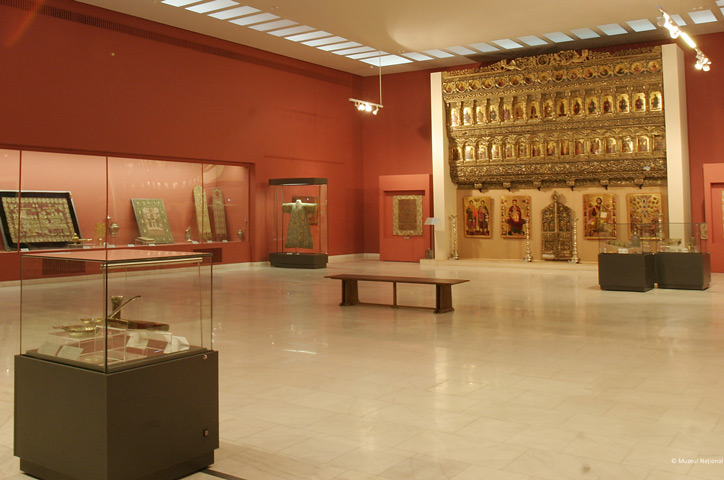The Return of the Prodigal Son illustrates a parable in Luke’s Gospel (15:11-32). Using the meeting between father and son in the foreground as a pretext, Licinio provides us with a vivid rendition of life in the Venetian aristocratic millieu around the middle of the 16th century. The villa sits in a lush surrounding landscape, which pushes the background up to a very high horizon.
The Return of the Prodigal Son Fashionably dressed courtiers, a weird flamingo bird striding the patio, a Nubian page closely watching the scene, servants trumpeting the good news from the villa terrace are just as many clues as to the high social status enjoyed by the family depicted.
Details of this ample narrative take up the entire picture plane, supported by powerful colour contrasts of red and green. Note also the blue employed by Licinio: this was one of the most expensive colours of the day, as it was manufactured from lapislazuli, a semi-precious stone brought by Venetian ships from the Middle East.






